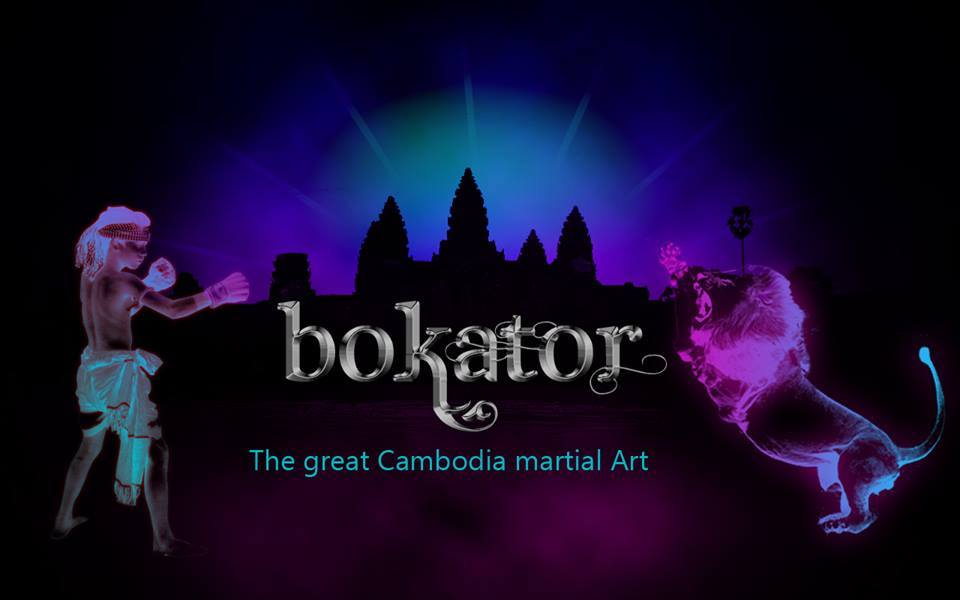The front cover of the coffee-table sized book from Douglas Latchford and Emma Bunker in 2008 - Khmer Gold
The front cover of the coffee-table sized book from Douglas Latchford and Emma Bunker in 2008 - Khmer Gold: Gifts for the Gods – offered the first-ever view of a set of Khmer gold jewelry never before seen in public. The set was identified in the book as belonging to the Douglas Latchford collection. So, it was surprising that identical pieces were handed over to the Cambodian Embassy in London in April 2017, by antique dealers in the UK, Jonathan Tucker & Antonia Tozer of Asian Art, who were trying to sell them, and included a head cover, a pair of pectoral ear pendants, a pair of earrings, a necklace, a pair of armbands, an upper-waist band and a lower-waist band. Exactly as those featured on the book’s front cover. The book’s text suggested that the precious gold items were found in a pot near Koh Ker. I must warn readers to take anything said by the disgraced duo of Latchford and Bunker with a large pinch of salt.
Upon their arrival in Phnom Penh in December 2017, they were put on show at the National Museum the following month, as part of an exhibition called, The Adornment for Deity and Human, along with other pieces of gold royal regalia donated by Latchford. The same gold jewelry on the cover of the book was again on display at the Peace Palace in March of this year, albeit on a different stone model.
The text description of the gold jewelry in the Khmer Gold publication by Latchford and Bunker was as follows: An important set of gold statuary jewelry, allegedly found in a ceramic pot near Koh Ker, includes a diadem, two rosettes, two ear pendants, a pectoral, two torso bands, and two armlets. This set has been dated to the third quarter of the tenth century by comparison to the jewelry carved on sculpture associated with the late Banteay Srei style.
The penannular-shaped diadem rests on the forehead and is tied by two ribbons at the back (4.24a). As noted, the form of the knot has temporal variations that are period specific. The rosettes each originally had a bronze pin projecting from the back that secured it above each ear of a statue (4.24b). Each ear pendant is shaped like a hollow conical lotus bud, which is slipped over and hooked into the tip of the distended pierced earlobe (4.24c). The pectoral is made in two segments, a larger one in front and a smaller one at the back, joined together by tiny crude hinges at the shoulders (4.24d). The armbands were worn above the elbow, but the bracelets worn at the wrist are missing (4.24e). The upper-torso band, when placed on an image, would have hugged the rib area just below the chest so that its lotus design pointed upward toward the pendant motifs on the pectoral, mirroring the shape and decoration of the pectoral (4.24f). The lower-torso band would have been placed below the upper-torso band, sometimes above and sometimes below the navel (4.24g). A glimpse of this set placed on a Baphuon-period 11th century Shiva image clearly demonstrates how such votive decoration would have been arranged on a scared image.
The small size, sharp edges, and fragility of the jewelry pieces in this set confirm their function as ornamentation for an image rather than a living person. Each piece is fashioned from a very thin hammered gold sheet and decorated in repoussée with lotus designs and various geometric motifs that are sharper on the reverse than on the front, indicating that the designs were impressed from the back, probably by hammering sheet gold over a positive matrix. The pieces may have been chased on the front sides to sharpen the designs. The pectoral, torso bands, and armlets are enhanced by four-petal floral bezels inlaid with garnets, amethysts, rock crystal, and low-quality sapphires. The inlay bezels were each formed separately and soldered onto a gold plate that, in turn, was soldered onto the hammered piece of jewelry and held in place by a split rivet.
About Me
I have graduate from BUILD BRIGHT UNIVERSITY(BBU) AND PREAH SIHANOUK RAJA (SBU) I work at Khmer Plus Computer Address: #156BE, St.63 (Trasak Phaem), Sang kat Chaktomok, Khan Daun Penh, Phnom Penh And Much More... Hey..My name is Thol Un Welcome To my site! Hope it will help you! Nice to know you! Indroduce My Self -My name is Thol un.I come from Kompong cham Province -Now I am staying at Langka pagoda .I have graduated from Build Bright University -My Major is Information and Network Technology -I am Working at Khmer Plus Computer -I want to get experience From your Company and develop your Company to be More Successful forever
Thanks for Support
Copyright©️:2021 All Rights Reserved. @Mr. Thol Un Hi every body, In this video I want show about the people success with Website, All This The Result From Website Partnership. Make money online speak Khmer: Please Followers My Website to Get More Videos!! Giving Dharma Is Better Than Giving Things!! Thanks for Support My Website !! This Website is created for the purpose of spreading the Entertainment Cambodia and other History Khmer, Dharma Khmer, Cooking Khmer by posting videos in Website Blogger or Blogspot YouTube and Facebook Page. Thanks and thanks for the support for this Website ..! Thanks For watch all this Website !❤ Like ✅Share ☑️ Comment❤ Kindly donate to the ABA Bank : ❤Thol Un❤ ❤001885833❤



















